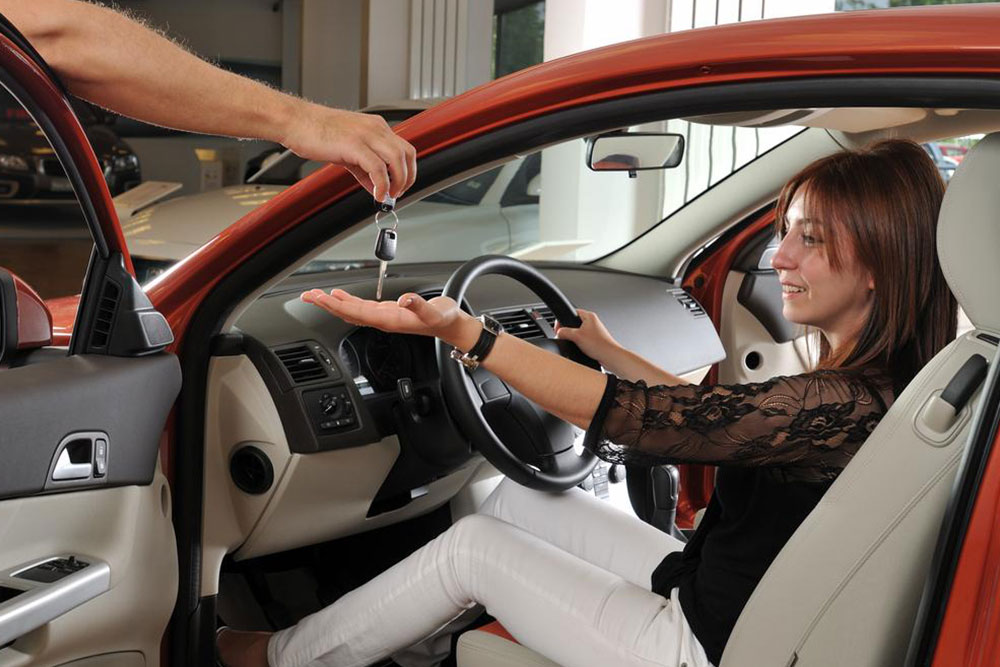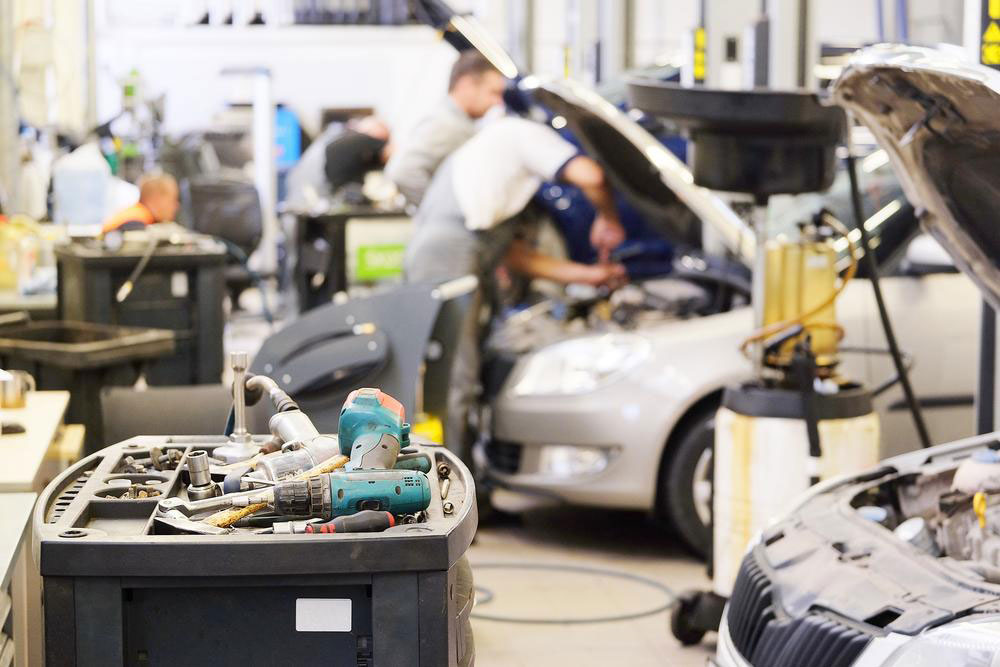Revolutionary Advances in Electronic Inspection Mirrors for Vehicle Maintenance
Electronic inspection mirrors have revolutionized vehicle diagnostics by offering enhanced access, digital imaging, wide-angle views, and portable lighting. These versatile tools are user-friendly and crucial for accurate fault detection and damage assessment. Their evolving technology continues to improve vehicle maintenance processes, making inspections faster, safer, and more reliable. As automotive inspections demand higher precision, electronic mirrors remain at the forefront, integrating smart features to support modern vehicle safety and repair standards. This article explores their innovative features and future potential in automotive diagnostics.

Revolutionary Advances in Electronic Inspection Mirrors for Vehicle Maintenance
Electronic inspection mirrors have become indispensable tools in modern vehicle maintenance and repair, offering mechanics and inspectors a highly efficient way to examine hard-to-reach areas without the need for awkward positioning or extensive disassembly. These devices, featuring flat-convex mirror surfaces coupled with extendable poles, significantly improve the ability to see underneath and around vehicles or within complex machinery structures. As automotive technology advances, so does the sophistication of inspection tools, with electronic inspection mirrors leading the way in providing clearer visuals, enhanced convenience, and improved diagnostic accuracy. This comprehensive overview explores the innovative features of these modern inspection devices and their vital role in vehicle diagnostics, maintenance, and quality control.
Enhanced Accessibility to Previously Inaccessible Zones
One of the defining advantages of electronic inspection mirrors is their capacity to facilitate access to areas that are otherwise difficult or dangerous to view directly. Vehicle undersides, engine compartments, transmission systems, and concealed fault areas are often obscured from direct line of sight, especially in crowded or tight spaces. These mirrors, equipped with extendable poles that can reach several meters, allow technicians to perform thorough visual inspections without risking injury or requiring complex disassembly. This not only accelerates the diagnostic process but also improves safety on the workshop floor. By enabling quick and detailed inspections of critical yet hidden components, electronic mirrors drastically reduce inspection time and increase accuracy.
Ease of Operation for All Skill Levels
A key feature driving the popularity of electronic inspection mirrors is their user-friendly design, making them accessible even to personnel with minimal technical training. Unlike traditional inspection methods that may demand specialized skills or extensive experience, modern electronic mirrors are designed for straightforward operation. With simple controls, intuitive interfaces, and ergonomic handles, users can swiftly adapt to the tool and begin inspections immediately. This simplicity ensures that even less experienced mechanics or inspectors can utilize them effectively, leading to enhanced productivity across automotive repair shops, vehicle manufacturing plants, and safety inspection agencies. The rapid learning curve associated with these devices promotes widespread adoption and consistent inspection standards.
Superior Damage and Fault Detection
Accurate assessment of vehicle damage or mechanical faults is crucial for determining repairs, safety, and warranty validations. Digital inspection mirrors, feature high-resolution cameras integrated with the mirror surface, provide real-time, clear visuals of the inspected area. These digital capabilities enable users to identify cracks, corrosion, leaks, and other defects with greater precision than traditional mirrors. Moreover, the digital images can be stored, documented, and shared for further analysis or reporting. This technological enhancement allows for more reliable fault detection, reduces the chance of oversight, and facilitates detailed damage evaluation, ultimately leading to better maintenance decisions and cost-effective repairs.
Wide-Angle Visibility and Illumination Technologies
One of the main challenges in vehicle inspections is viewing dark or cluttered zones. Advanced electronic inspection mirrors address this issue through wide-angle lenses offering up to 160 degrees of field of view. By enlarging the visual scope, technicians can examine more area with fewer adjustments, increasing inspection efficiency. Additionally, built-in lighting features—including LED or fiber-optic illumination—improve visibility in poorly lit environments such as engine bays, undercarriages, or storage compartments. Some models also come with adjustable brightness settings, allowing users to customize lighting intensity based on the inspection needs. This combination of wide-angle vision and high-quality illumination ensures comprehensive inspections with minimal oversight.
Portable, Battery-Powered Lighting for Enhanced Clarity
To further improve inspection quality, many electronic mirrors incorporate portable lighting systems powered by rechargeable batteries. These lights illuminate obscured sections, highlighting cracks, corrosion, or leaks that might otherwise go unnoticed. The portability feature allows users to position the light precisely where needed, even in inaccessible corners. For environments with fluctuating power supply or in outdoor settings, battery-powered lighting ensures continuous illumination without dependency on external power sources. The availability of autonomous lighting capabilities significantly enhances the clarity of inspection images, ensuring technicians can detect issues early and accurately, thereby preventing costly repairs and ensuring vehicle safety.
Versatile Designs for Various Inspection Tasks
Recognizing that different inspection scenarios require different tools, manufacturers produce electronic inspection mirrors in a variety of shapes and sizes. Small, compact models are ideal for navigating tight spaces such as engine cylinders or narrow gaps between components. Larger, more robust mirrors are suitable for inspecting broader areas like truck chassis or large engine bays. Some models feature ergonomic handles for extended use without fatigue, while others include flexible shafts for maneuvering around complex geometries. The availability of diverse designs ensures that professionals can select the most appropriate tool for each specific inspection task, improving thoroughness and efficiency.
The Future of Vehicle Inspection: Smart Integration and Digital Connectivity
As automotive technology continues to evolve, so do electronic inspection devices. The latest models now incorporate connectivity features that link the mirror to smartphones, tablets, or dedicated diagnostic systems via Bluetooth or Wi-Fi. This integration allows for real-time streaming, high-resolution image capture, and remote diagnostics. In addition, some digital inspection mirrors are compatible with machine learning algorithms for automated fault detection, providing even higher accuracy. These advancements enable not only more detailed inspections but also facilitate data-driven maintenance strategies, predictive analytics, and digital record-keeping. Vehicle technicians and inspectors increasingly rely on these smart tools to perform comprehensive diagnostics, ultimately improving vehicle safety, reducing downtime, and lowering maintenance costs.
In summary, electronic inspection mirrors have transformed the landscape of vehicle maintenance and repair. Their innovative features—easy operation, enhanced visibility, digital capabilities, adjustable lighting, and versatile designs—make them indispensable tools for modern automotive professionals. As technology advances further, we can expect these devices to become even smarter, more connected, and more efficient, ensuring higher standards of vehicle safety and reliability in the years to come.





